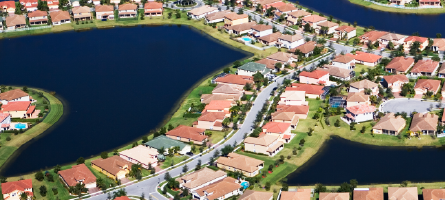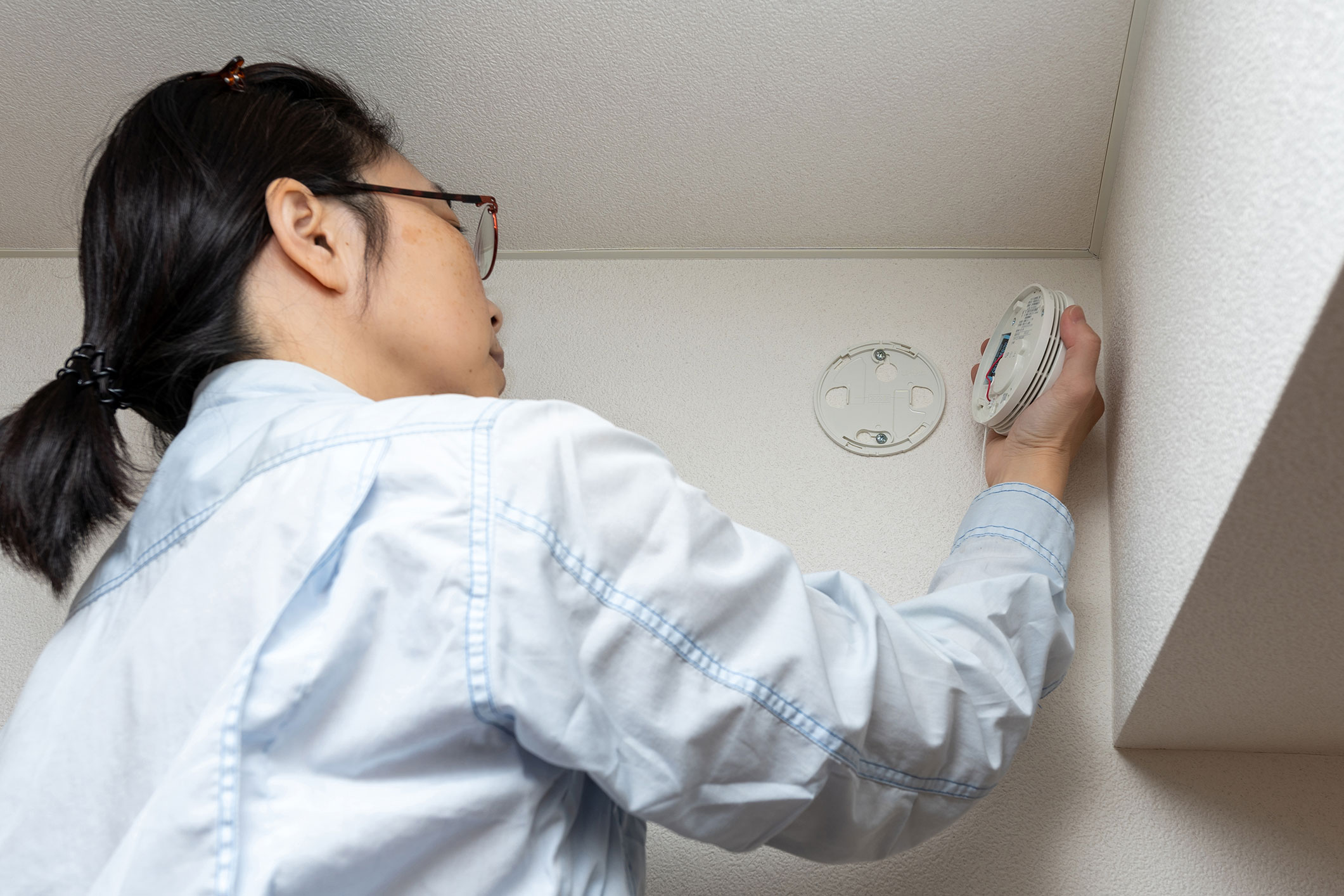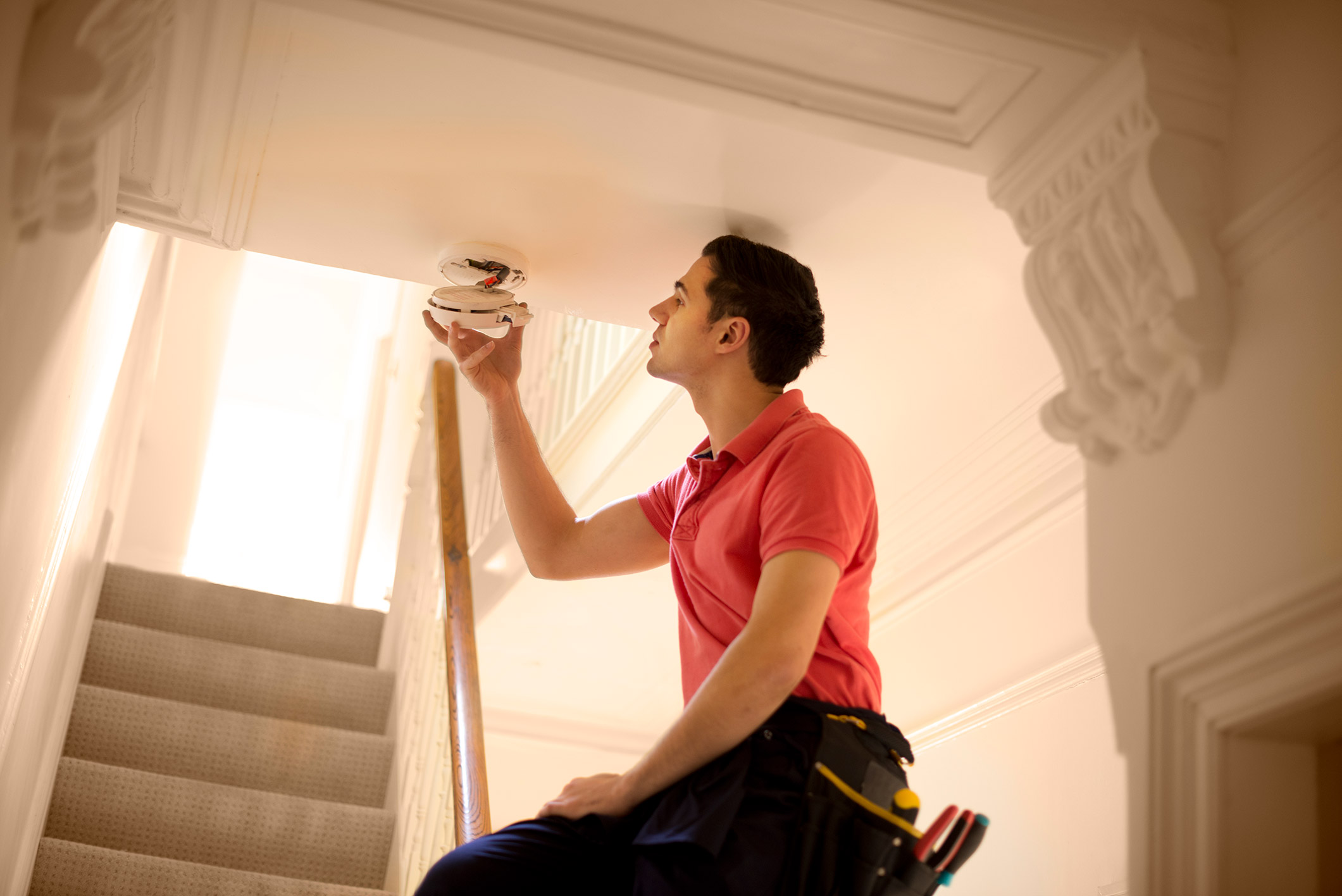What Is Homeowners Insurance?
Homeowners insurance protects you by paying to replace or repair certain losses and damages to your home and its contents. Most lenders require you to have insurance for your home if you have a mortgage, and your mortgage servicer may collect the insurance payment with your monthly mortgage payment.
Talk to your insurance provider about your needs
- Talk with your insurance provider about the amount of coverage your policy provides and make sure it fits with how much you’re able to pay out of pocket if damage occurs.
- To make sure you completely understand what is covered by your policy, ask your provider to explain any technical terms in plain language and review how much your policy will pay in specific scenarios.
- Review your policy once a year. Set an annual calendar reminder to go over your insurance needs with your insurance provider before your policy renews. And if you decide to update your coverage or change insurance companies, make sure your new policy is in effect before canceling your existing policy to prevent a lapse in coverage.
Introduction to homeowners insurance
Homeowners insurance policies typically include coverage for:
Dwelling
Costs to repair or rebuild the home
Personal property
Costs to replace the contents of your home, like clothes, furniture, and personal items
Other structures
Repair costs for other structures on your property, like a garage or barn
Loss of use (additional living expenses)
Costs related to temporary housing, such as a hotel, if your home becomes uninhabitable
Personal liability
Certain legal expenses related to bodily injury or property damage
Medical payments to others
Certain medical expenses incurred by people who don’t live in your home
Talk with your insurance provider to determine what coverage is right for you, and make sure you understand the specifics of your policy.
What’s covered by homeowners insurance
Generally, home insurance includes coverage for damage or loss caused by specified scenarios or “perils.” Below are examples of commonly included and excluded perils.
Examples of typically included coverage
Homeowners insurance typically covers damage or loss caused by:
- Fire or lightning
- Windstorm or hail
- Explosion
- Riot or civil commotion
- Aircraft
- Vehicles
- Smoke
- Vandalism or malicious mischief
- Theft
- Falling objects
- Weight of snow, ice, or sleet
- Volcanic eruption
Examples of commonly excluded coverage
Homeowners insurance typically does not cover damage or loss caused by:
- Flooding*
- Earthquake*
- Sewer backup*
- Faulty, inadequate, or insufficient maintenance
- Damage caused by birds, rodents, or insects: nesting or infestation
* Coverage for these perils may be available as optional “add-on” insurance.
Coverages, limitations, and exclusions vary by policy and location, so check with your insurance provider for the full terms and conditions of your policy.

Did you know just 1 inch of water in your home can cause more than $25,000 in damage?
Regular homeowners insurance usually doesn’t cover flooding. Make sure you understand the risks for your home, and consider buying separate flood insurance.
How much does home insurance cost?
Homeowners insurance policies vary by location, and so does the cost. Your insurance premiums also depend on the type and amount of coverage, your deductible amount, and your home’s risk profile — for instance, the likelihood of natural disasters in your area.
Homeowner Tip:
It’s important to inform your insurance provider when you improve your home to ensure your coverage amount is still appropriate. For example, if you replace your roof or install an alarm system, let your insurance provider know.
How can I reduce my insurance costs?

Make sure you understand the risks before making any policy changes to reduce up-front costs, such as choosing a higher deductible or reducing your coverage.
An increased deductible means if your home is damaged, you’ll have to pay more out of pocket before the insurance kicks in — that can quickly deplete your emergency fund. And if you choose reduced coverage, and your home is damaged in a way that’s not covered, you could be responsible for the entire repair bill yourself. Discuss the risks and benefits with your insurance provider before choosing a policy.
Did you know?
There may be other ways to reduce the cost of home insurance:
- Compare quotes from multiple insurance companies.
- Ask your insurance company if discounts are available.
- Find savings opportunities through organizations you’re part of, such as the military or alumni associations.
- Consider bundling with different types of insurance, such as your auto insurance.
Ask your insurance provider if any of these options may be available.





